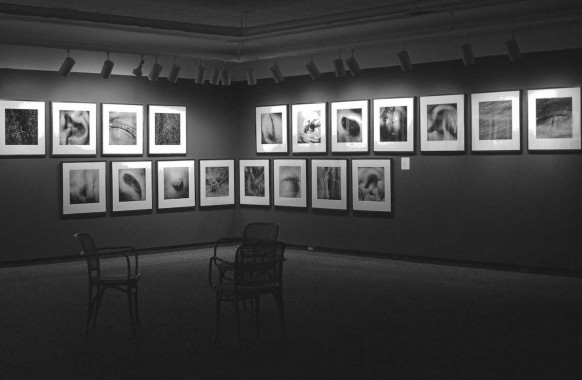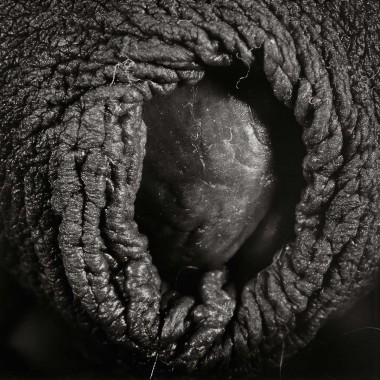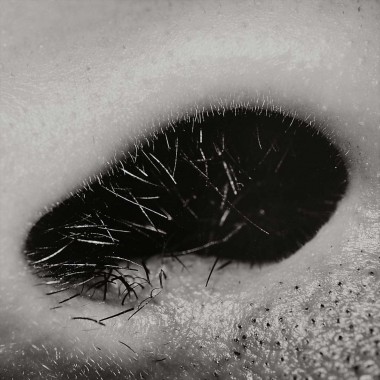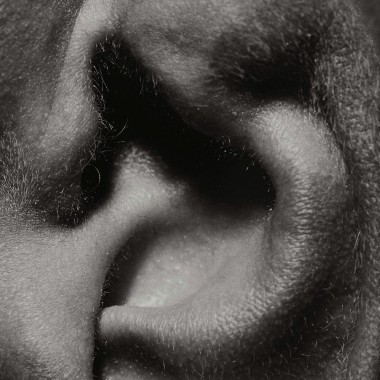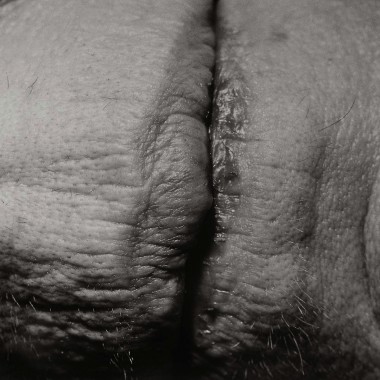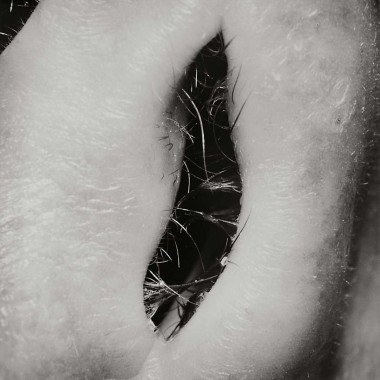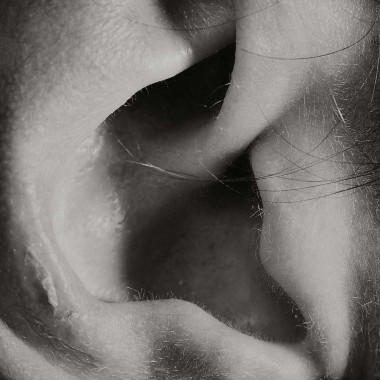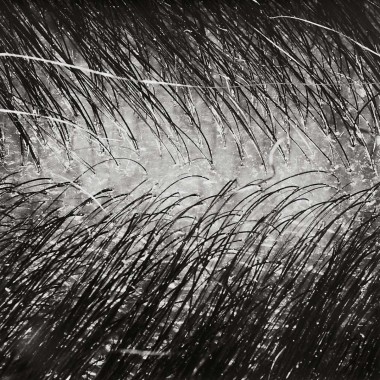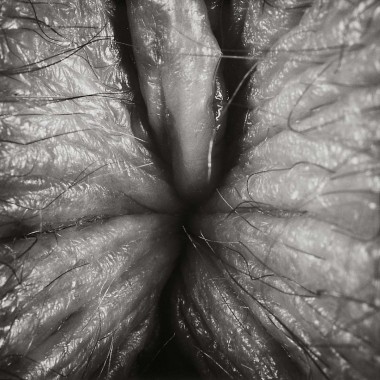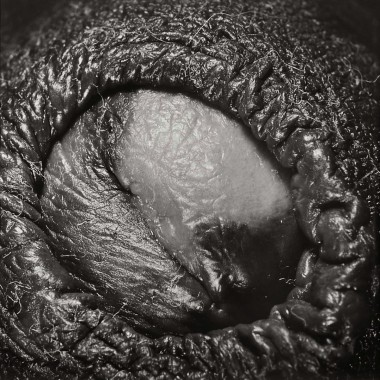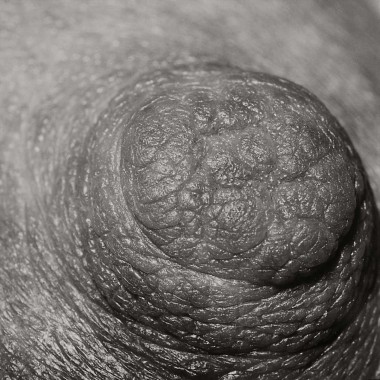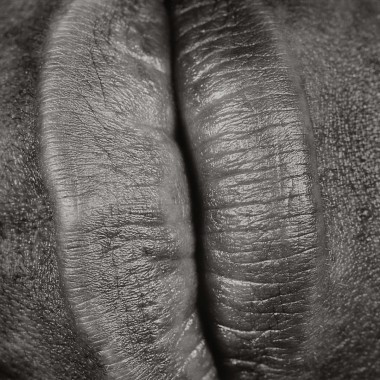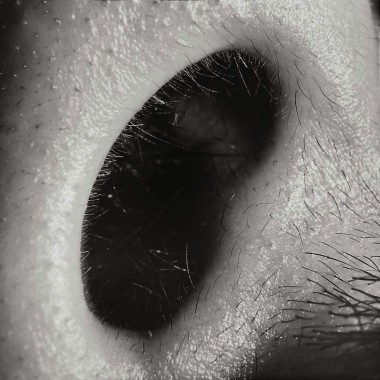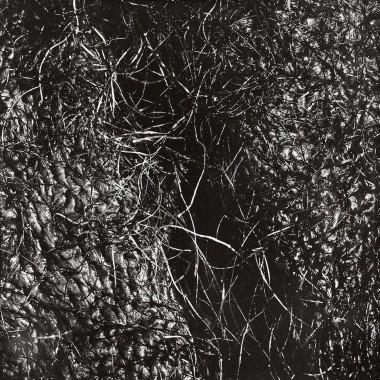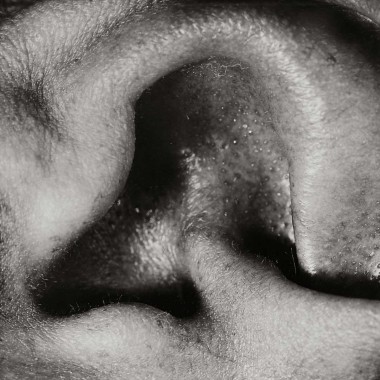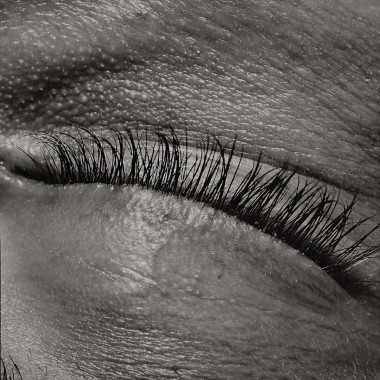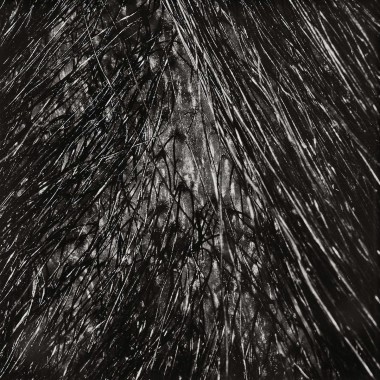The Hole Project
The Hole Project
The metaphor that the body is a “holy” temple became stunningly apparent for me while participating with my wife in the birthing process of our three children. Those gifts of life led me deeper into an exploration of all the body openings as gateways of consciousness.
One of the reasons for undertaking this project is to attempt transformation of the ordinary to the extraordinary through visual magnification. Our orifices are something we all have in common and use daily without much thought. They form our doors of perception, experience, pleasure and pain. Through them we enter and exit our reality and the physical body at birth and death.(1) We are fascinated with exploring one or another of them at various times in our lives.
Cultural and religious values influence our acceptance of some of our holes and our repression of others. Photographically I have given them the same status. Visually, the holes are an expression of unique individuality, differing pigmentation, the process of aging, and the life force – each “orific” landscape of our body is dramatically different from any other. Viewed as a whole, the photographs might be viewed as “specific portraits” and as “an inventory or typology of holes or gates of consciousness of the human body.”(2)
Two sections of The Hole Project are composed of orifices from one male and female, respectively. Two sections are made from a variety of males and then various females. The final section is composed of a mixture of males and females making a combined set of holes. Viewed through this structure, The Hole Project may be seen as an expanding inclusiveness from the singular, to the plural, to the universal.
It is my belief that consciousness shifts depending on the way we use our holes or “gates”, as they are called in some religious and yogic texts. They are entry points into the realm of the senses, and sensory experience can take us toward or away from our relationship with our true nature.(3) Around the holes revolve many of life’s important questions and choice points of activity: To see or not to see, to speak or not to speak, to have sex or not, to give birth or not, to experience personal and transpersonal states of consciousness or not, etc. The orifices can also be gateways for the release of intense energies within us – from vocalization to ejaculation to the expressing of mother’s milk. These gates let in some of the great forces of nature – light, sound, smell and taste, shaping our experience of reality.
– Har-Prakash Khalsa
Owen Sound, September 20, 1999.
(1) Some yogic texts and religious scripture, such as the Siri Guru Granth Sahib (the Sikh holy scripture), speak of the place at the top of the head where the bones merge as the “10th gate” (anterior fontanelle), a place where spiritual energies may be received and where, it is said, the soul exits the body at the time of death. This “hole” is included in each section of photographs.
(2) Brian Meehan, “Surrender”, My Body is Your Home, Owen Sound: Tom Thomson Memorial Art Gallery, 1998, p.5.
(3) “Atharvaveda” (2nd millenium BC), Tantra, New York: Harper Collins Publishers, 1994, p.2.
Link to “Surrender: My Body is Your Home”, Brian Meehan Essay.


